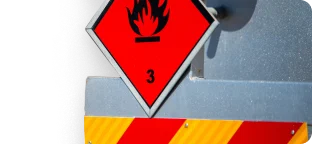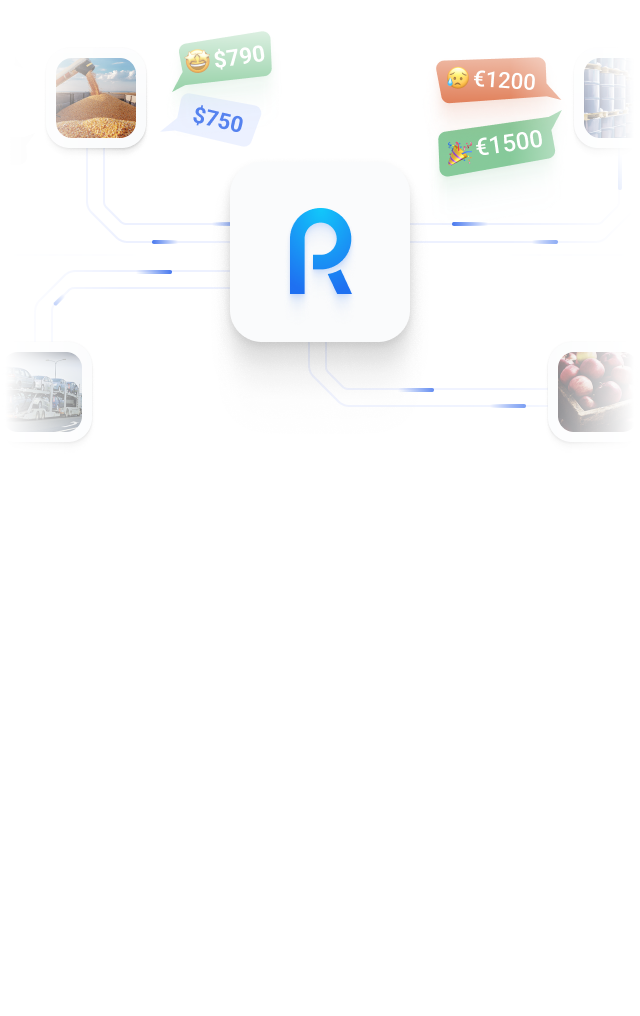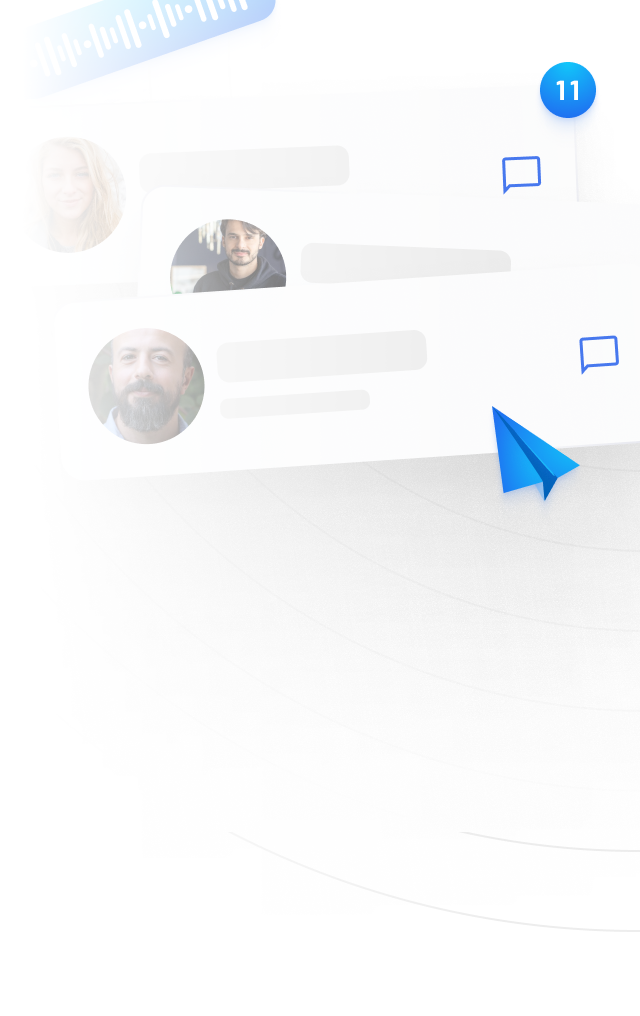
Dangerous Goods Transport



















The transportation of hazardous materials involves moving items that have the potential to cause harm to human and animal life, health, and the environment, primarily in the event of rule violations during transit.
A common term for this service is ADR, which stands for the European Agreement concerning the International Carriage of Dangerous Goods by Road ("European Agreement of Transport of Dangerous Goods on Road").
Companies transporting hazardous goods operate in compliance with regional and international standards.
The latter standard, in particular, regulates the classification and mandatory labeling of such shipments. If companies use rail, water, or air transport for regional or international delivery of hazardous materials, they must also adhere to industry-specific norms and regulations.
The widely accepted classification is the ADR — an agreement initiated by the UN. The document outlines 13 types of items, including:
- Explosive substances and articles — capable of exploding across their entire mass, igniting, or dispersing.
- Gases — for example, those that ignite upon contact with air.
- Flammable liquids — this includes not only gasoline and other types of fuel but also any solutions, suspensions, or other liquid materials with a high risk of ignition.
- Flammable solids — materials that are prone to ignition when in contact with water.
- Oxidizing substances and organic peroxides — for example, those that can ignite when in contact with other compounds or their components.
- Toxic and infectious substances — compositions containing pathogenic microorganisms, nicotine, and other poisons.
- Radioactive materials — any materials containing radionuclides with activity concentrations exceeding regulatory limits.
- Corrosive substances — posing a danger to human and animal skin.
- Other hazardous substances and articles — for example, batteries, vehicles, and similar items.
In addition, there are shipments classified as high-risk — according to GOST 19433-88, these include substances and materials that potentially pose the greatest danger to the environment, as well as human and animal health and life.
Companies that transport hazardous materials may use the following modes of transport:
- Road transport — services for transporting hazardous goods by road must comply not only with ADR requirements but also with standard regulations.
- Rail transport — UN-approved ADR provisions, the Agreement on International Railway Freight Traffic requirements, and the rules applicable in specific countries are taken into account.
- Water transport — in addition to ADR provisions and industry regulations, it is important to consider the requirements of the International Maritime Dangerous Goods Code (IMDG Code). Additional considerations include the IMO Code, IBC Code, ADR Rules, the International Maritime Dangerous Goods Code (IMDG), Waterway Transport Regulations, and conventions aimed at preventing water pollution, among other industry standards.
- Air transport — industry rules, ADR requirements, the Convention on International Civil Aviation are followed.
The optimal mode of transport is selected based on the type of shipment and the route. Companies offering road transportation of hazardous materials typically provide more affordable rates compared to contractors who organize deliveries via air transport. However, if speed and safety are the priority, the latter option may be preferable.
Transportation companies specializing in hazardous cargo must obtain the necessary permits. The driver must undergo special training and carry the appropriate documentation.
Packaging is usually handled by the shipper. The containers must align with the physicochemical properties of the substances and materials being transported. Prior to use, the packaging undergoes testing, after which a set of documents confirming the tests is prepared. If the tests are successful, the packaging is marked with labels that include codes for the materials being transported. The driver is required to verify the presence of these markings before loading the cargo.
The cost of hazardous cargo transportation by a logistics company depends on the scope of services. In addition to the actual transport, the customer may require logistics services, warehouse storage, insurance, and documentation support.
A significant factor will be the pricing policy of the transportation company — each class of hazardous materials may have its own individual rates. If the consignee is unable to independently receive and unload the delivery, the contractor can provide these additional services, though this will increase the overall cost.
The main factors influencing pricing remain the type of shipment, method of delivery, route, and the specific tariffs set by the company. These tariffs may include either a fixed service fee or a customized price calculation for each client.
When choosing a reliable partner, consider the following seven key criteria:
- Licenses and certificates — drivers must be trained, and the company should have the necessary ADR authorization for transporting hazardous goods.
- Experience and reputation — find a contractor experienced in handling your specific type of shipment and capable of assisting with document preparation.
- Packaging quality — if the company provides packaging services, it should guarantee safe transportation and the integrity of the items being shipped.
- Insurance — the contractor can assist in obtaining an insurance policy online, considering cost and coverage requirements.
- Route and deadlines — especially important when shipments involve customs clearance procedures.
- Cost — compare prices on freight exchanges and evaluate them against the rates offered by potential partners.
- Guarantees — review the contract before signing. Ensure that the carrier assumes responsibility for the safety and timely delivery of the shipment.
A transportation and forwarding company specializing in hazardous cargo delivery can easily be found in the Roolz directory. Add your company, find a trustworthy logistics partner, and conveniently organize freight transportation on the Roolz platform!
What is dangerous cargo (ADR)?
The transportation of hazardous materials involves moving items that have the potential to cause harm to human and animal life, health, and the environment, primarily in the event of rule violations during transit.
A common term for this service is ADR, which stands for the European Agreement concerning the International Carriage of Dangerous Goods by Road ("European Agreement of Transport of Dangerous Goods on Road").
Companies transporting hazardous goods operate in compliance with regional and international standards.
The latter standard, in particular, regulates the classification and mandatory labeling of such shipments. If companies use rail, water, or air transport for regional or international delivery of hazardous materials, they must also adhere to industry-specific norms and regulations.




Add your company


 en
en fr
fr de
de hi
hi pl
pl es
es tr
tr uk
uk